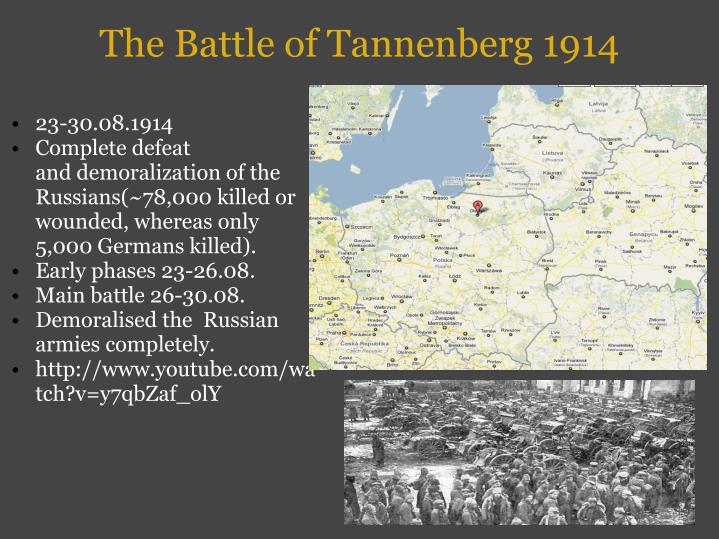

Such friendships usually continued into civilian life after the war was over. This arrangement was later changed, with the pilot in the front and the observer in the rear operating the swivel-mounted machine-gun.Īlthough the crew had no armament in the early years, they often carried rifles, carbines or pistols, even hand-grenades, and - more adventurous spirits - home-made bombs, but this handgun arsenal was only for the aircrew's protection in case they were forced to land in enemy territory.Īircrews had to be made up of compatible individuals to function well as a team, and many firm friendships were formed, so much so that they also roomed together and went on leave at the same time because they felt that any replacement of one crew member would not be the right thing. This restricted, jaundiced outlook was shared by many senior and staff officers in all European Armies, and it needed some time before aircraft finally came into their own and were given the recognition they so rightfully deserved.Įarly aircraft were two-seater biplanes, with the observer sitting in the front because he was considered more important. Missions, and were therefore unarmed and underrated. Military aircraft were initially viewed as 'upgraded cavalry' and consequently used only on reconnaissance or scouting

Vol 8 No 3 - June 1990 GERMAN AIRCRAFT OPERATIONS IN EAST PRUSSIA GERMAN AIRCRAFT OPERATIONS IN EAST PRUSSIAĭURING AUGUST AND SEPTEMBER 1914 - South African Military History Society - Journalĭie Suid-Afrikaanse Krygshistoriese Vereniging


 0 kommentar(er)
0 kommentar(er)
